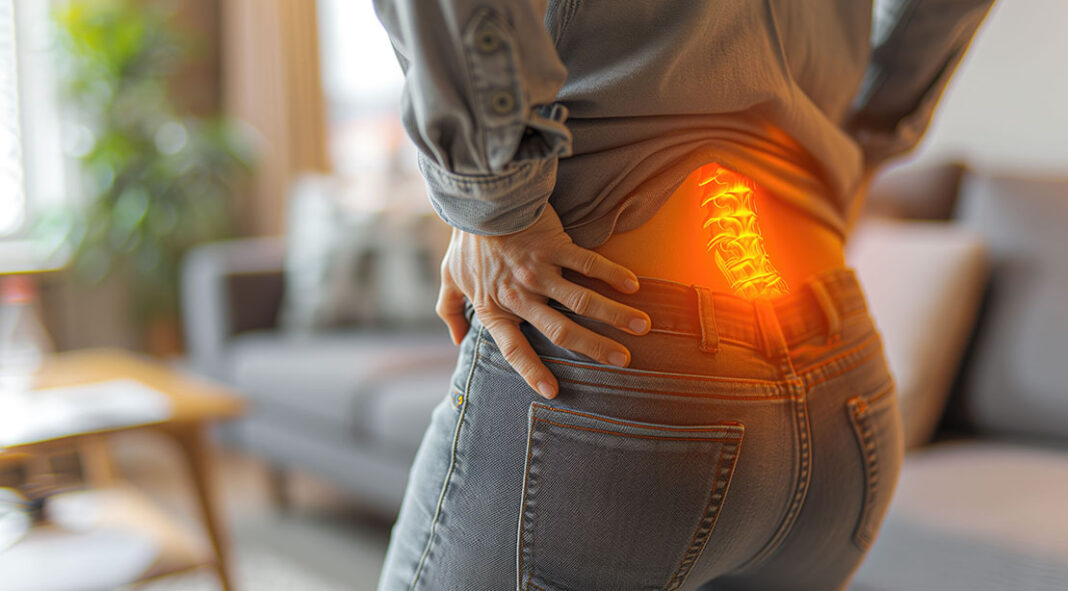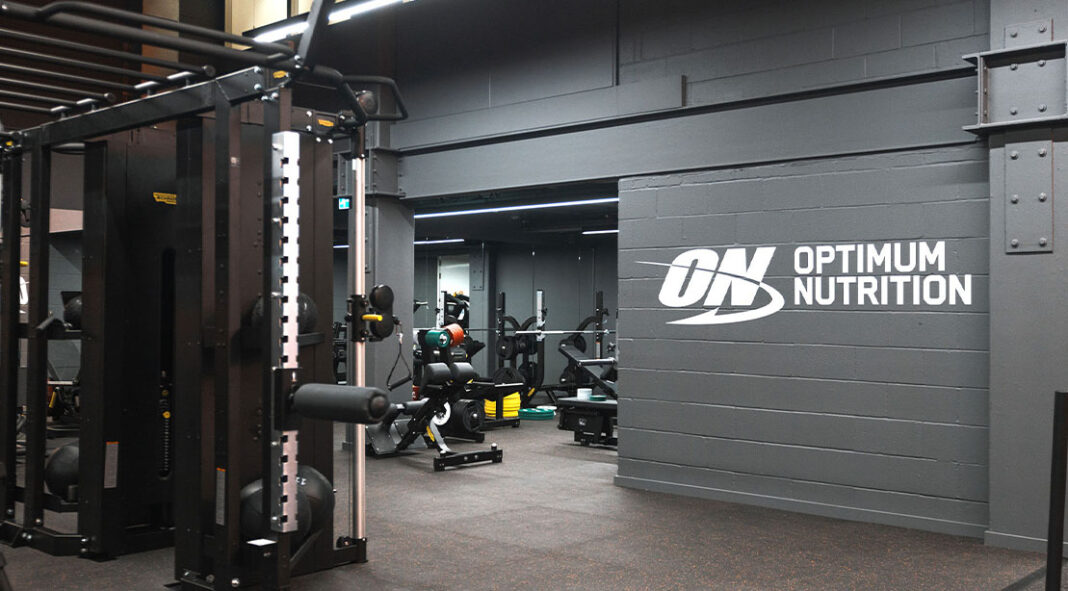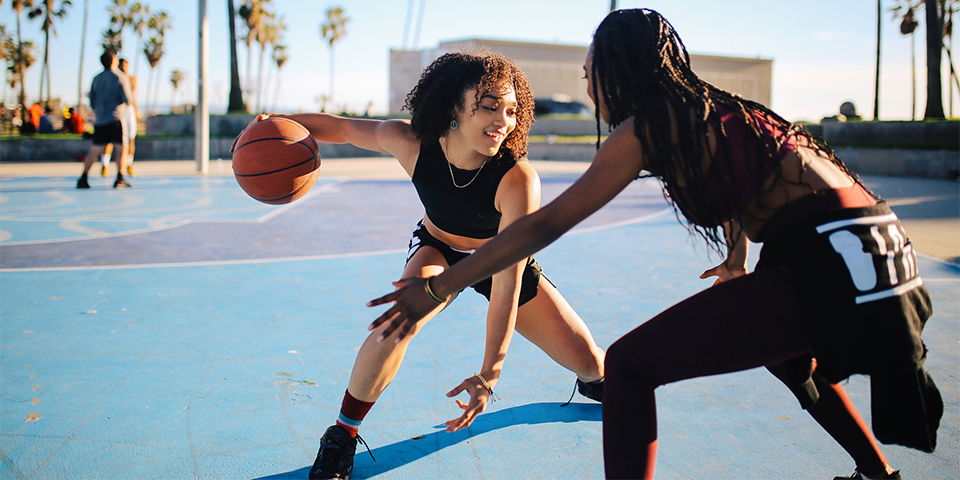We all know that the spine is the part of the body that basically needs the most attention to avoid back and spinal injury, and it usually hubs the most common areas of safety concern and general TLC. There’s no question that pulling or pushing weight with horrible posture will be a first class flight to chiropractor heaven. Of course, since you’re not a cement head and have been doing this training thing for a while, you’re in the clear.
There are, however, two subtle mistakes that can serve to be “carbon monoxide” for back health – that’s right, silent killers, as it were, that can lead to strength deficiency, and increased potential for injury, if proper measures aren’t taken to fix them. Intermediate and advanced lifters may be more prone to this than normal since their typical M.O. involves heavier weights than those of the average Joe.
Cervical Flexion During Exercises
Neutral spines are important, which usually involves a sturdy, natural back arch and high chest and ribcage position. For some reason, however, the cervical spine gets no love when it comes to ideal positioning. Now, the talk about cervical spine extension has been touched on in many an article. The cues of not to look up to the ceiling when deadlifting, doing push ups, or other movements isn’t that anomalous to come across in fitness training literature, due to the compression that can be placed on the discs. But going the other way—into spinal flexion—is worth a mention.
Many lifters will “get in their groove” and grind a solid set of standing biceps curls by looking down to the floor, or even at the biceps themselves while lifting. Another example would be lifting the head up off the flat bench when pressing, so that only the upper back and butt are in contact with the bench. It’s an easy habit to slip into without fearing any negative repercussions, due to the otherwise technically sound mechanics and setup.
Vanity aside, posture and form may be indeed sound, but the true weak link comes from the flexed neck position. To demonstrate, try doing a set of standing, single arm lateral raises with a moderate weight for a set of 10. Then turn your head completely opposite the arm you’re lifting with, and try again. You’ll notice a significant decrease in strength.
Take Care of Your Spine
The take-home point is this: It’s important to remember that the vertebrae are treated with such special care when weight training because it encases the spinal cord which receives stimuli from the brain and sends it to nerves, which fire your muscles. These vital processes can be inhibited when the cervical spine is held in a compromised or awkward position (like flexion) that can act to dull that electrical current. In other words, keeping the cervical spine neutral matters just as much as it does for the rest of the spine, in order to get the most out of your lifts – especially when it pertains to the upper body.
As an aside, practicing these poor positions can have translations into your everyday posture. Lying on the back and lifting the head while bench pressing or looking down while curling is the equivalent of standing with a large cranial tilt. Making the body get used to this position is simply not ideal.

Back Hyperextension During the Standing Press
Lifters with muscle are big.
Lifters with muscle are also tight.
Tight muscles are the number one reason chronic injuries develop in the first place, and less than desirable positions are achieved to perform exercises, instead of the ideals. The standing press is the first move that comes to mind when it comes to a tight body making compromises. A solid back arch is a good thing, but the overarch is a killer. That causes compression of the lumbar spine which is bad news bears when it comes to baring loads. It could lead to a symphony of problems, to the tune of herniated discs and posterior chain dysfunction.
The main reason the back goes into overarch in a standing press comes from immobility in the shoulders and/or thoracic spine. Since the shoulders don’t have the proper range of flexion, the hands and arms can’t get back to finish above the spine with ease. The result is a compensation where the lower back arches far beyond the norm in order to lift the ribcage and pull the arms back to the ideal position – ultimately keeping the bar balanced over the body.
What is the fix?
What we need to do is create more mobility and range, and starting your workouts with shoulder dislocates is one of the easiest ways to get this done.
Another simple yet effective cue when shoulder pressing would be to contract the glutes while pressing. Often times, advanced lifters will think about staying tight through the shoulder blades and abdominals, but neither of these will have a large impact on the control of the pelvis, and the propensity to slip into back arch. Tight glutes will. The glutes and hamstrings contract in a downward direction, meaning they contribute to posterior tilting of the pelvis. That’s just what the doctor ordered to get rid of an overarch. You may realize that the amount of weight you can beast upwards has to take a small step backwards in order to maintain form—but when it’s in the name of your health and safety, I’m sure it’s a sacrifice any smart lifter will be willing to make.
A Tissue Issue
The ability to make tight muscles looser comes from improving their tissue quality, not just stretching the snot out of them for an ever so temporary fix. Foam rolling and lacrosse ball rolling can serve as vital tools to release the tissue that prevents the lower spine and pelvis from maintaining the ideal positions. Key areas to work on:
- Lats: These muscles internally rotate the shoulders, and tight lats can promote poor posture through the mid back, which could mean compensation through the lumbar region. Plus, they’ll prevent overhead positions from being reached optimally.
- Pecs: Tight pecs will prevent you from opening your arms wide. It’s that simple.
- Glutes and hamstrings: Improving their tissue quality will allow them to “take” more to exercises that are meant to hit them directly. Supple muscle tissue will have an easier time activating in full.
- Hip flexors: Tight hip flexors contribute to forward momentum of the pelvis. The by product is a nasty back arch, so lacrosse ball those bad boys!
But make no mistake. Doing this alone won’t be the be all and end all solution. Improving tissue quality must come hand in hand with strengthening weak link areas to promote better mobility.
Though minor, these fixes can do major damage when it comes to improving your lifting techniques and busting through some long-standing plateaus. And doing so in a safe way. Even if it may mean biting the bullet and decreasing the weight you can lift by 15 or 20 percent, your body will thank you now. And later.




